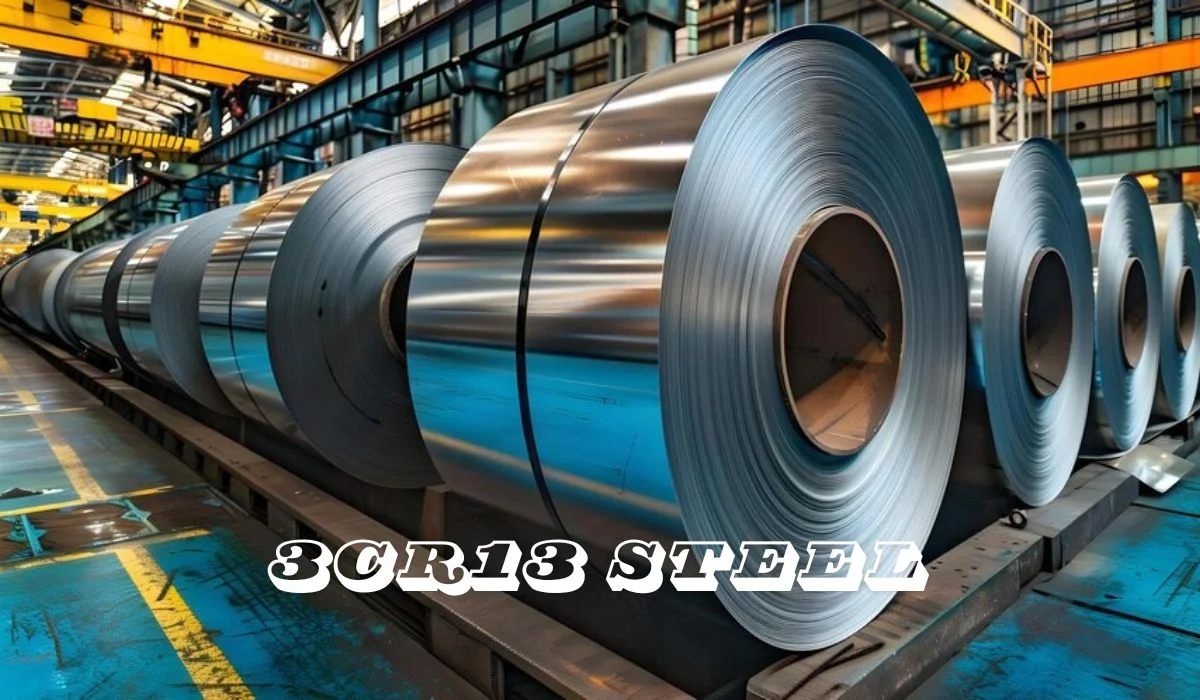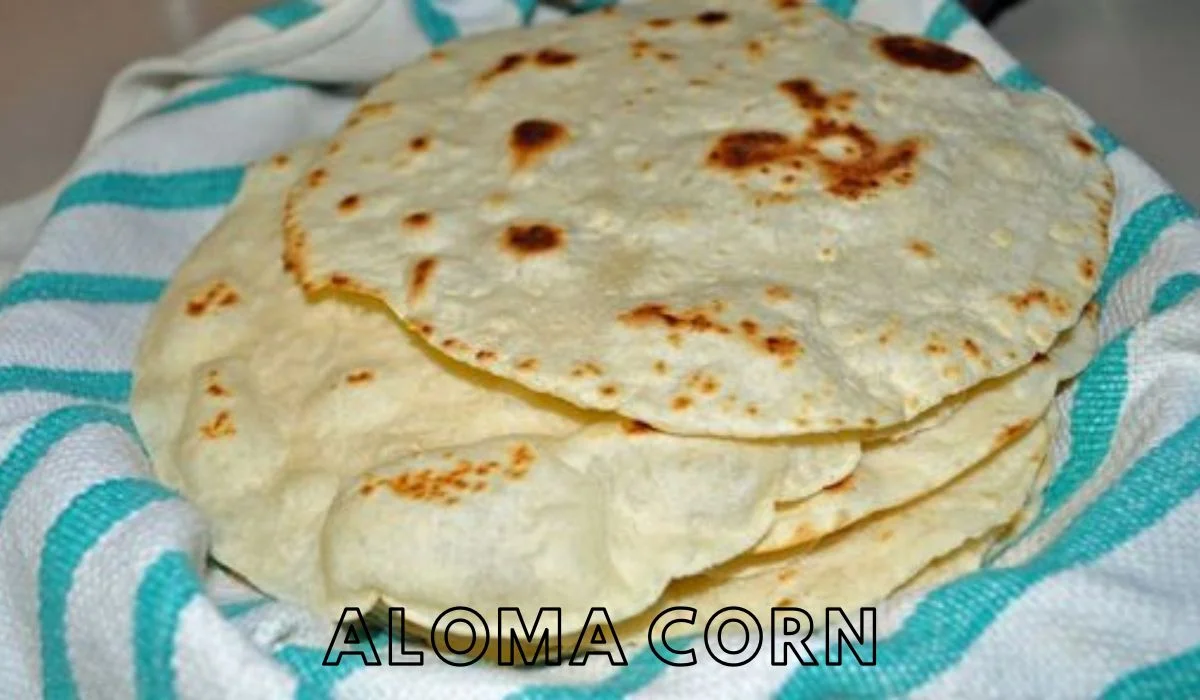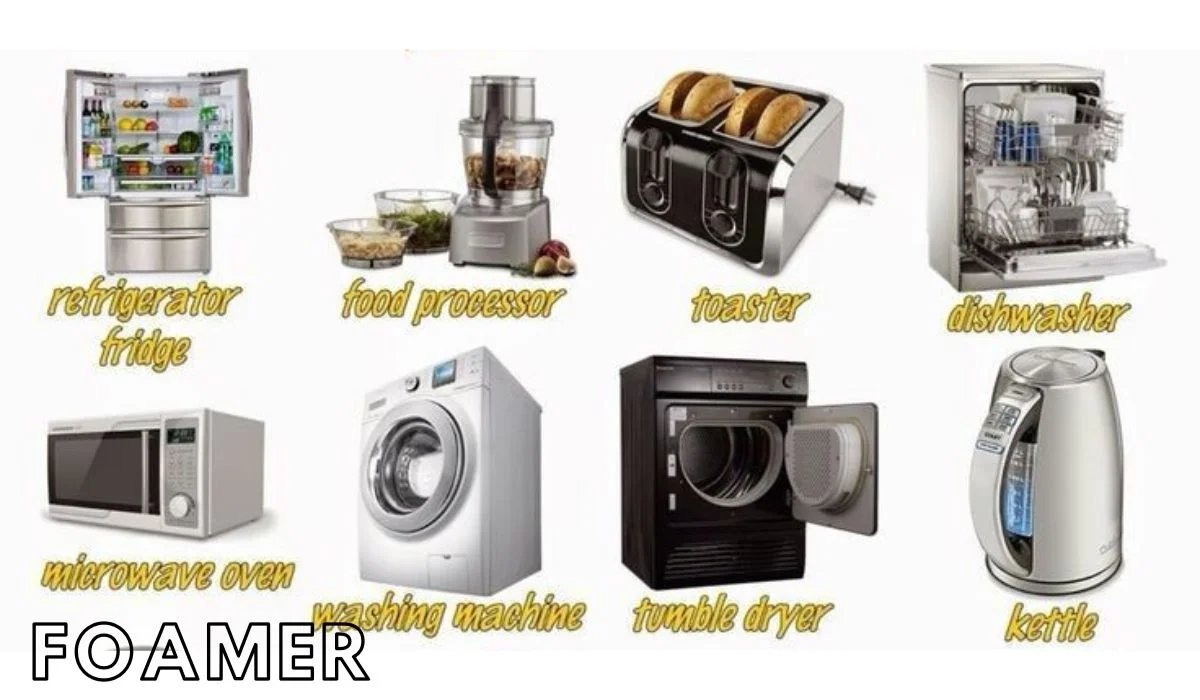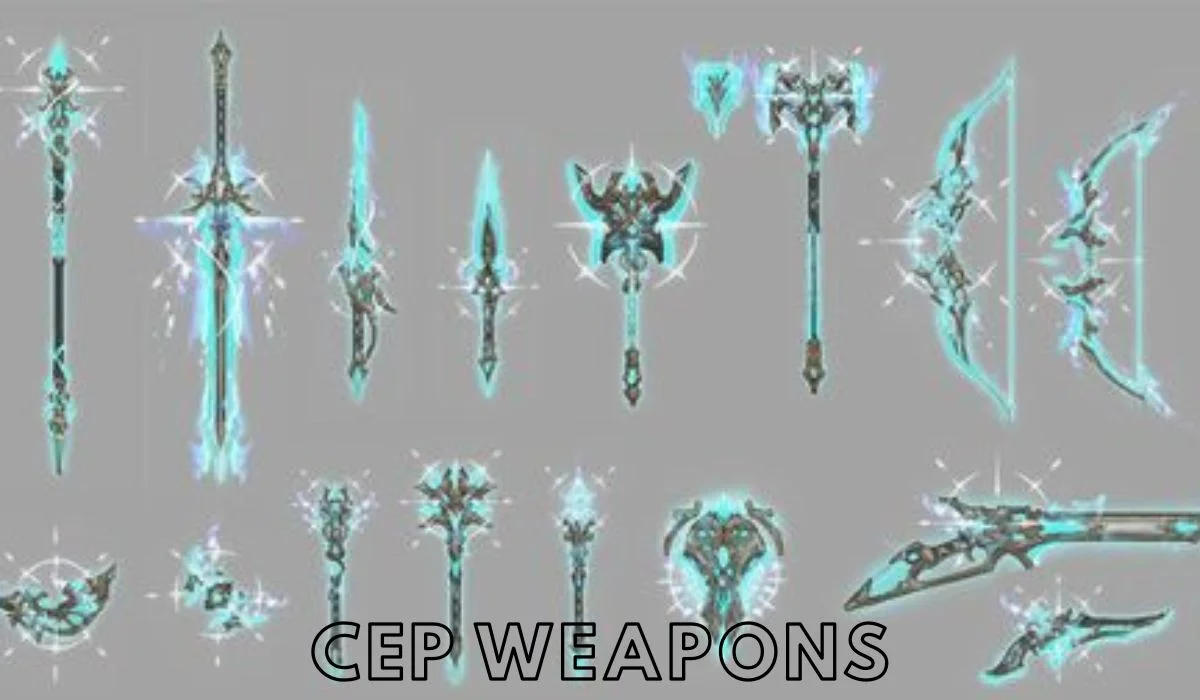3cr13 steel is a martensitic stainless steel that contains 0.3% carbon and 13% chromium. It is widely recognized for its balanced combination of strength, hardness, and corrosion resistance, making it suitable for a variety of industrial and consumer applications. The name “3cr13” adheres to the GB/T 1220 Chinese national standard for stainless steel, but it’s known globally for its functionality and cost-effectiveness.
What is 3cr13 Steel?
It belongs to the family of martensitic stainless steels. This means it can be hardened by heat treatment and offers moderate corrosion resistance, unlike some high-chromium stainless steels that focus solely on corrosion protection. Because of its martensitic structure, it’s often used in applications where strength and wear resistance are critical.
Trending: Olive Skimmer : A Must-Have Tool for Every Kitchen
Composition of 3cr13 Steel
Key Elements in 3cr13 Steel
The composition of it is straightforward yet effective:
- Carbon (0.3%) – Enhances the hardness and wear resistance of the steel.
- Chromium (13%) – Provides corrosion resistance and contributes to the steel’s overall toughness.
Besides carbon and chromium, trace amounts of manganese, silicon, and phosphorus may also be present, though they are not significant enough to drastically alter the properties of it.
The Role of Carbon and Chromium in 3cr13 Steel
- Carbon’s Impact: The 0.3% carbon content gives its ability to be hardened through heat treatment. As carbon increases the hardness, it also improves wear resistance, which is why 3cr13 is often used in the making of blades and cutting tools.
- Chromium’s Role: Chromium is the element responsible for making 3cr13 stainless steel. The 13% chromium content ensures that the steel is resistant to rust and corrosion in mildly corrosive environments, although it doesn’t offer the same level of protection as austenitic stainless steels like 304.
Properties
Mechanical Properties
It is known for its mechanical toughness:
- Tensile Strength: Ranges between 600-750 MPa depending on heat treatment.
- Hardness: After proper heat treatment, it reaches around 55 HRC, making it hard enough for use in various cutting tools.
- Ductility: Despite its hardness, it maintains sufficient ductility, which means it can be machined and processed without breaking easily.
Corrosion Resistance of 3cr13 Steel
As a martensitic stainless steel, 3cr13 has moderate corrosion resistance. It performs well in dry environments and offers decent resistance to rust if maintained properly, but it is not ideal for use in highly corrosive environments like saltwater or acidic conditions.
Heat Treatment of 3cr13 Steel
3cr13 steel’s properties can be optimized through heat treatment processes:
- Annealing: Reduces hardness and improves ductility for easier machining.
- Quenching and Tempering: Increases hardness and tensile strength, making it suitable for applications requiring wear resistance.
The heat treatment process allows manufacturers to customize the steel’s hardness and strength for specific uses.
Applications of 3cr13 Steel
Common Uses in Industrial Applications
3cr13 steel’s combination of strength, hardness, and moderate corrosion resistance makes it a popular choice for:
- Blades: Used in making industrial cutting tools, circular saws, and utility knives.
- Construction Tools: Saws, shears, and other hand tools that require both strength and durability.
- Mechanical Parts: Bearings, shafts, and gears often benefit from 3cr13 steel’s wear resistance.
In Consumer Goods
- Knives and Kitchen Tools: This type of steel is frequently found in kitchen knives, hunting knives, and multi-tools due to its balance of hardness and ease of sharpening.
- Scissors and Cutting Instruments: 3cr13 steel’s ability to hold a sharp edge makes it a favorite in the manufacture of scissors and other precision cutting tools.
Advantages
Why Choose?
It offers a cost-effective alternative to more expensive stainless steels. Its balance of hardness and corrosion resistance makes it a good choice for many applications where performance and affordability are required.
Versatility in Applications
From household kitchen knives to industrial blades, 3cr13 steel’s properties make it suitable for a wide range of uses, including tools, mechanical parts, and outdoor equipment.
You Might Also Like: The Versatile Power of Serie BLC Castors : Revolutionizing Interior Furniture Design
Limitations
Challenges
Despite its many advantages, it is not without its challenges. It requires regular maintenance to prevent rust, particularly in moist or corrosive environments. Its corrosion resistance is also lower compared to austenitic stainless steels like 304.
Proper Maintenance of 3cr13 Steel
To prolong the life of the products, regular cleaning, oiling, and occasional sharpening are necessary. Heat treatment can also be used to restore lost hardness or extend the steel’s usability.
3cr13 Steel vs Other Steels
3cr13 Steel vs 440C Stainless Steel
440C is harder and offers better wear resistance thanit but is also more brittle. For applications that require higher hardness, 440C may be preferred, though it comes at a higher cost.
3cr13 Steel vs 420J2 Steel
It offers better corrosion resistance than 420J2 and is generally harder, making it a better option for cutting tools and blades.
Conclusion
In conclusion, it stands out as a versatile, cost-effective material for a variety of industrial and consumer applications. Its combination of hardness, corrosion resistance, and affordability makes it a go-to choice for manufacturers of blades, tools, and machinery. With proper maintenance, it can provide long-lasting durability in both industrial and household environments.
FAQs
- Is 3cr13 steel good for knives?
Yes, it is widely used for making knives due to its hardness and ease of sharpening - How do you prevent 3cr13 steel from rusting?
Regular cleaning, oiling, and storing in a dry place can prevent rusting. - Can 3cr13 steel be sharpened easily?
Yes, it’s relatively easy to sharpen compared to harder steels like 440C. - What is the difference between 3cr13 steel and 440C steel?
440C is harder and more wear-resistant, while 3cr13 is more affordable and easier to sharpen. - Is 3cr13 steel durable for long-term use?
With proper maintenance, it is durable and offers long-term usability in a variety of applications.





One thought on “3cr13 Steel : Composition, Properties, and Applications”